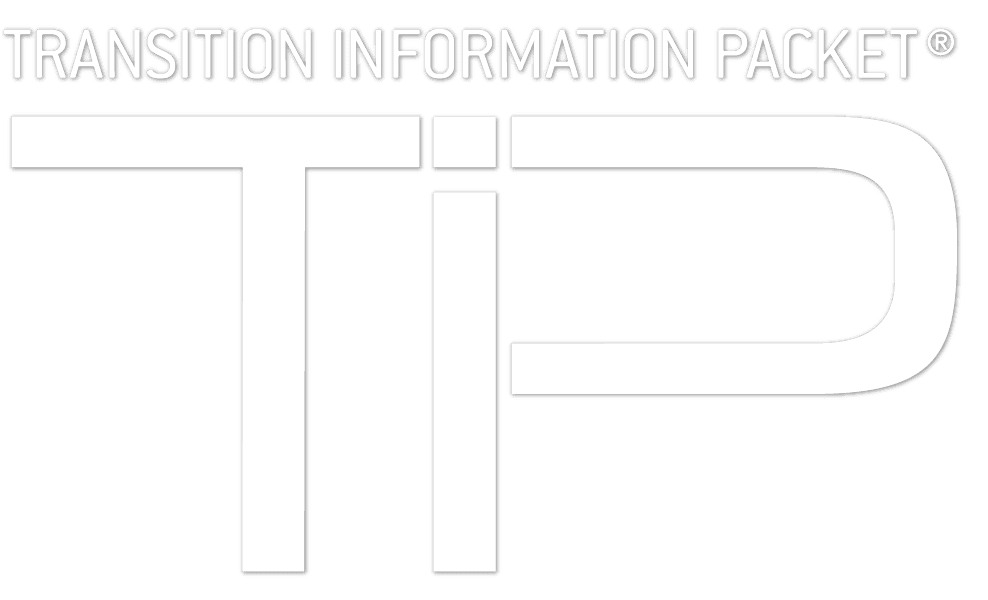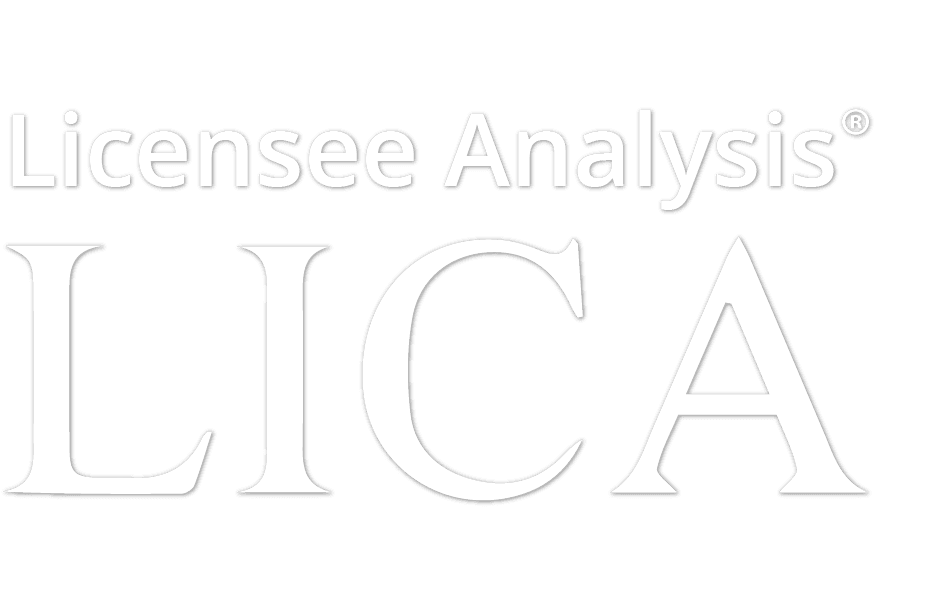Background:
Multiple laws and regulations have directed federal agencies and laboratories to encourage commercial use of their inventions through many channels, including out-licensing patents to private sector companies that aim to commercialize products or services developed from the patented technology.[1] However, a 2013 Office of Science and Technology Policy report raised concerns that only a small portion of the inventions arising from government research have been commercialized by the private sector, and that the United States is potentially missing critical opportunities to improve the nation’s standard of living, create new jobs, maintain international competitiveness, and enhance the overall economy, among other things.[2] In light of this report and others, Congress requested that the Government Accountability Office (GAO) “review agency practices for managing intellectual property developed at federal labs, with a particular focus on the licensing of patented inventions to non-federal parties.“[3]
For the purposes of this report, the GAO focused on the four federal agencies with the largest research and development (R&D) budgets – the Department of Defense (DoD), Department of Energy (DOE), National Aeronautics and Space Administration (NASA) and, the National Institutes of Health (NIH). Together, these agencies account for more than 90% of total federal R&D spending. The review and resulting report “examined, for DOD, DOE, NASA, and NIH and their labs, (1) the challenges that federal labs face in patent licensing, steps taken to address those challenges, and the extent to which NIST has reported them and (2) the extent to which federal agencies and labs have information on processes, goals, and comparable licenses to guide establishing patent license financial terms.”[4] The performance audit lasted from June 2016 through June 2018.
Methods:
GAO reviewed relevant literature, laws, and agency documents, including patent licenses from DoD, DOE, NASA and NIH, through 2014. They interviewed agency officials from these organizations as well as nine of their laboratories. GAO also interviewed external stakeholders including academic researchers, partnership intermediaries, industry representatives, professional trade organizations and universities.[5]
Conclusions:
The results of the GAO’s review of state of federal agency patent licensing efficacy is summarized below:[6]
- Ensuring that researchers identify and disclose inventions is a government-wide challenge.
- DOE, DOD, NASA, and NIH documentation does not consistently link establishing financial terms in patent licenses to the statutory goal of promoting commercial use.
- Federal labs have varying amounts of information on comparable government licenses when establishing financial terms. However, there is no formal sharing of information on financial terms in patent licenses among federal labs.
- To establish financial terms, DOD, DOE, NASA, and NIH labs rely on the expertise of their technology transfer staff and take a number of steps to build and share expertise but had limited documentation of their processes for establishing the financial terms of patent licenses.
Recommendations:
GAO made seven recommendations to improve the out-licensing process of federal patents for commercialization by private industry. They are:[7]
- The Secretary of Commerce should instruct NIST to fully report the range of challenges in federal patent licensing, such as those outlined in this report, by, for example, leveraging its survey of practices at federal technology transfer offices, past FLC studies, and agency reports and including that information in its summary reports to Congress. (Recommendation 1)
- The Secretary of Commerce should instruct NIST to clarify the link between establishing patent license financial terms and the goal of promoting commercial use, through appropriate means, such as the upcoming rule-making process and updating relevant guidance. (Recommendation 2)
- The Secretary of Commerce should instruct NIST to facilitate formal information sharing among the agencies to provide federal labs with information on financial terms in comparable patent licenses, as appropriate. (Recommendation 3)
- The Secretary of Defense, Secretary of Energy, Administrator of NASA and the Director of the NIH should ensure that their respective agencies or its labs document processes for establishing license financial terms, while maintaining flexibility to tailor the specific financial terms of each license. (Recommendations 4 – 7)
Outcomes:
The Secretary of Commerce agreed to implement Recommendations 1 – 3. The Secretary of Defense agreed to implement Recommendation 4. The Secretary of Energy agreed to implement Recommendation 5. The Director of the NIH agreed to implement Recommendation 7. The Administrator of NASA only partially agreed to implement Recommendation 6, noting the “complexity and nuances associated with negotiating licensing agreements, such as understanding the market for the technology and the risk involved” would make standardizing procedures difficult.[8]
Note, the entire report, entitled Federal Research – Additional Actions Needed to Improve Licensing of Patented Laboratory Inventions (GAO-18-327) can be found at https://www.gao.gov/assets/700/692606.pdf
[1] These include the Stevenson-Wydler Act of 1980, the Bayh Dole Act of 1980 and the Federal Technology Transfer Act of 1986
[2] 3White House Office of Science and Technology Policy and the National Institutes of Health, White House Lab-to-Market Inter-Agency Summit: Recommendations from the National Expert Panel (Washington, D.C.: May 20, 2013). https://www.aau.edu/sites/default/files/AAU%20Files/Key%20Issues/Research%20Administration%20%26%20Regulation/WH-L2MSummit-Recommendations-FINAL-Aug-09-2013-2.pdf
[3]General Accountability Office, Federal Research, Additional Actions Needed to Improve Licensing of Patented Laboratory Inventions – GAO-18-327, page 4, June 2018. https://www.gao.gov/assets/700/692606.pdf
[4] General Accountability Office, page 4.
[5] ibid, page 5.
[6] Ibid, pages 33 and 34
[7] Ibid, pages 34 and 34
[8] Ibid. page 36
Posted December 11, 2018 by Rich Smerbeck



